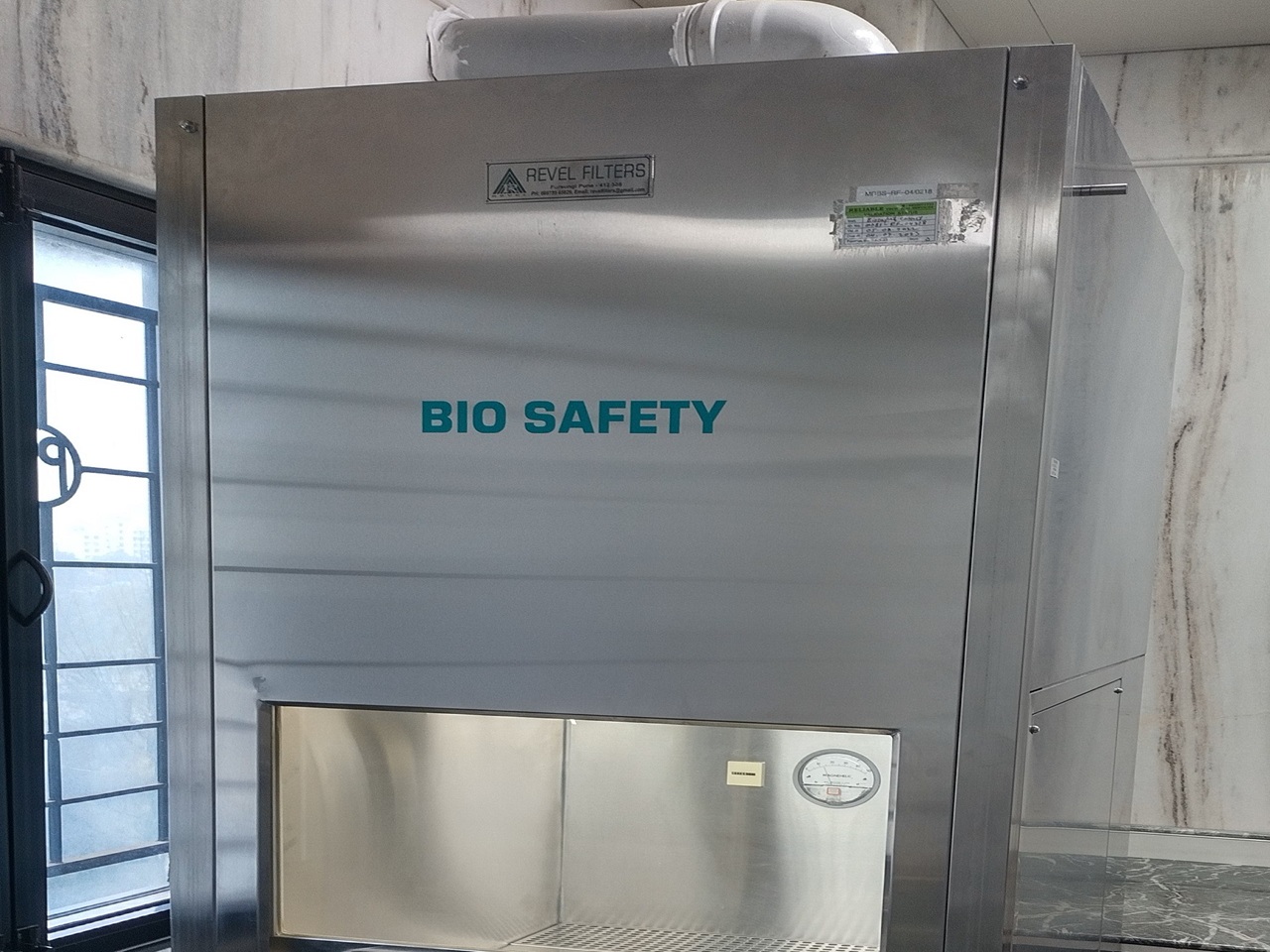Bio Safety refers to the precautions and procedures used to prevent the release of harmful biological agents in laboratory and clinical environments. It is crucial for protecting personnel, the environment, and the product or specimen being handled. The concept of bio safety is implemented through the use of containment equipment such as biosafety cabinets, personal protective equipment (PPE), proper facility design, and rigorous operational protocols.
A key component of biosafety is the Biosafety Cabinet (BSC) — a ventilated enclosure designed to provide protection to the user, the environment, and the materials being handled. These cabinets are used in laboratories dealing with infectious agents, cell culture work, clinical testing, pharmaceutical R&D, and more.
Types of Biosafety Cabinets
- Class I: Protects user and environment (no product protection).
- Class II (A1, A2, B1, B2): Protects user, product, and environment.
- Class III: Maximum containment (glove box design for BSL-3/4 labs).
Bio Safety Cabinet Working Principle
Biosafety cabinets operate using HEPA filters that trap 99.99% of particles as small as 0.3 microns. Air is drawn into the cabinet through front grills and filtered before being recirculated over the work area or exhausted outside. This prevents contamination of the product and ensures operator safety by maintaining negative pressure zones inside the cabinet.
Key Features
- HEPA or ULPA filtration for high-efficiency particle removal.
- Ergonomic angled front sash for comfortable working posture.
- Negative pressure containment to prevent leaks or exposure.
- UV germicidal lamp for post-operation sterilization.
- Integrated alarm system for airflow disruption or filter failure.
- Stainless steel internal work surface for hygiene and easy cleaning.
- PLC or digital touchscreen interface for monitoring and control.

